Creating a Knowledge Base with Amazon Bedrock: A Step-by-Step Guide
Written on
Chapter 1: Introduction to Knowledge Bases on Amazon Bedrock
Let's delve into setting up a Knowledge Base on Amazon Bedrock. If you’ve been following my previous articles, you’re likely aware that a fundamental component of establishing a Retrieval Augmented Generation (RAG) workflow—designed to provide a constrained context for your Large Language Model (LLM)—involves converting documents into embeddings. These embeddings are vectors that capture the semantic relationships within your documents, which are then stored in a Vector Database. During runtime, your Natural Language Processing (NLP) queries must also be transformed into embeddings, allowing them to be searched against the vector database. This process retrieves relevant segments, which are subsequently forwarded to the LLM for tasks such as question answering or summarization, ultimately providing a response to the end-user.
Amazon Bedrock serves as a managed service offering access to both first-party Amazon models (the Titan models) and third-party options. This flexibility allows you to experiment with different models to find the one that best meets your specific needs, all achievable through the Bedrock API. In prior implementations, we utilized the Langchain framework to orchestrate workflows and facilitate the integration of LLMs on Bedrock with RAG.
With the advent of Knowledge Bases on Bedrock, the tedious tasks of document chunking, vector storage, embedding creation for NLP queries, and semantic searches within the vector database are seamlessly handled by the Knowledge Base feature.
You can either integrate your Knowledge Base directly into your application or incorporate it into Bedrock agents—a topic I will cover in future articles. Today, we will explore how to create a Knowledge Base (KB) via the AWS console, comprehend the setup, and pose queries to the KB.
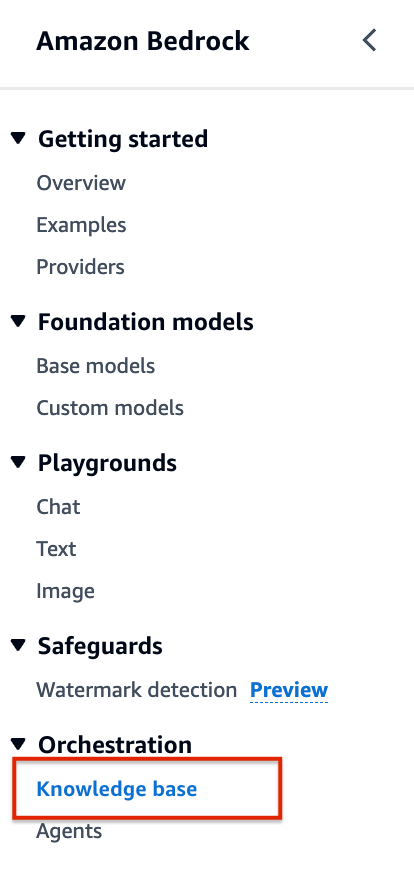
Selecting Knowledge Base in Bedrock
To begin, click on "Create a Knowledge Base."

Step 1: Setting Up Your Knowledge Base
In Step 1, fill in the required details, including a name for your Knowledge Base. You can create a new IAM role or select an existing one that has the necessary permissions.
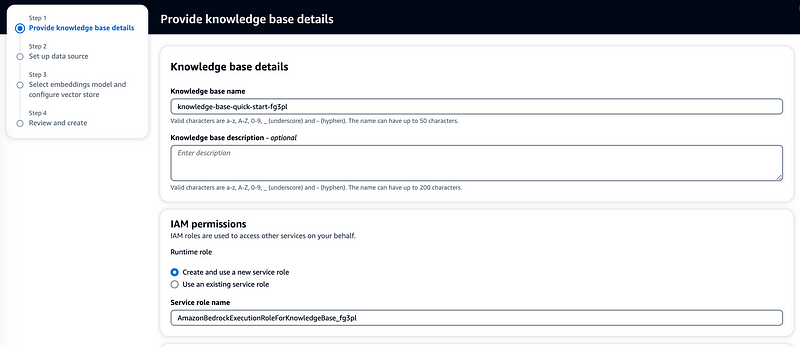
Step 2: Specifying Your Document
For Step 2, choose an S3 bucket and specify the PDF file that will serve as your document for the RAG workflow. In this example, I've selected a car manual stored in my S3 bucket.

Step 3: Choosing the Right Embedding Model
During Step 3, select the appropriate embedding model (which involves vector embeddings). For this instance, I opted for the Embed English model by Cohere. Additionally, you'll need a vector database to store your vector embeddings for real-time semantic searches when you query the Knowledge Base. I chose the Amazon OpenSearch Serverless Vector Store as the default option.
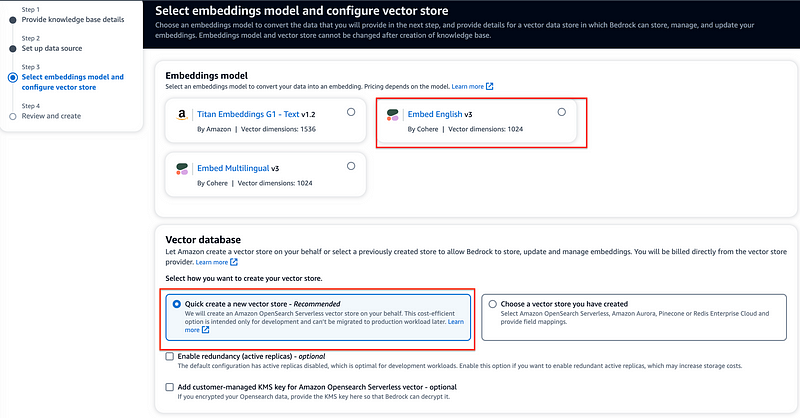
Syncing the Knowledge Base
Once the Knowledge Base is established, click the Sync button. This action will chunk the document, generate embeddings using the selected model (Cohere in this case), and store those embeddings in the OpenSearch Serverless collection.

Exploring OpenSearch Serverless Collections
You can access OpenSearch Serverless Collections to examine the collection and index created for you. It’s advisable to review the Network Access policy, Data Access Policy, and Encryption policy that have been set up, ensuring you understand these foundational components.
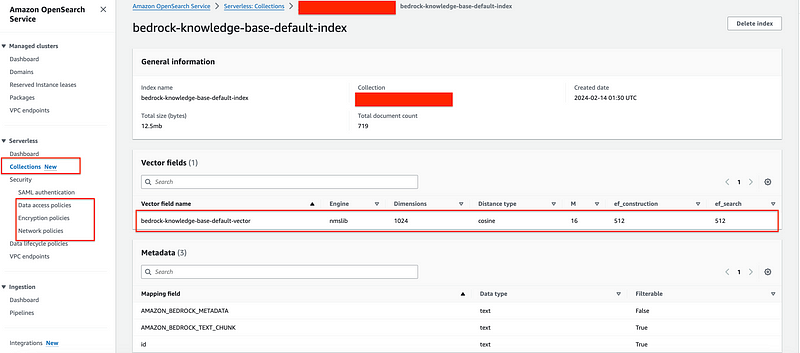
Testing the Knowledge Base
Start testing your Knowledge Base by clicking "Test Knowledge Base" and selecting the LLM. For this demonstration, I chose Anthropic’s Claude 2 Model.

Next, you can begin asking questions.
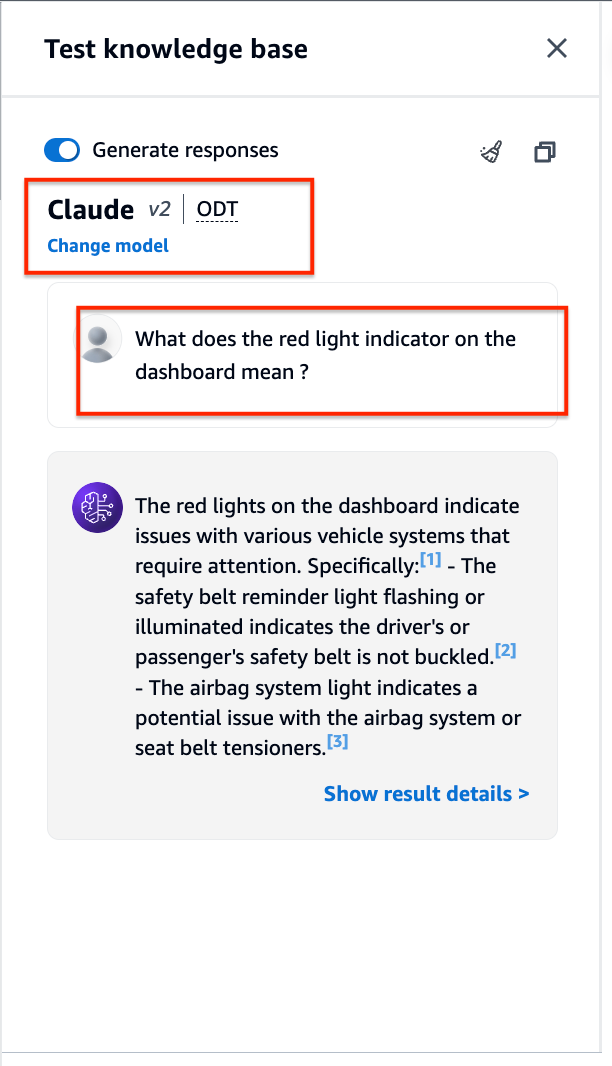
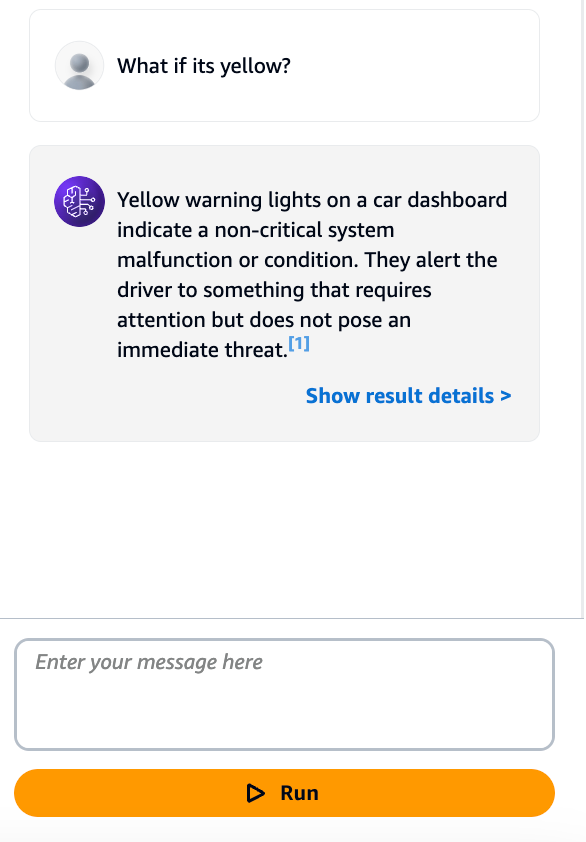
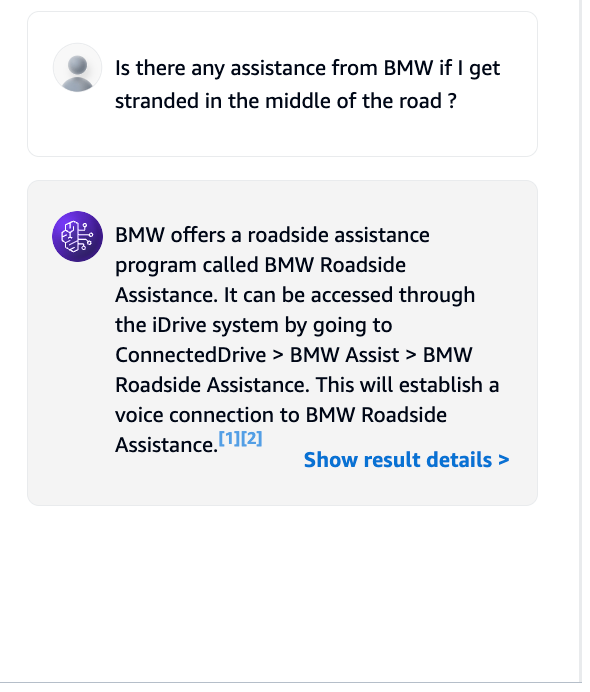
This is an exciting development! We will explore the integration of Bedrock agents with Knowledge Bases in a future article. The Knowledge Base feature within Bedrock is incredibly powerful, streamlining our processes significantly. By doing more with less code, we reduce the effort needed to maintain our workflows in the long run!
Chapter 2: Additional Resources
To further enhance your understanding, check out the following videos:
This video provides a detailed guide on building a custom knowledge base using Amazon Bedrock.
This video continues the exploration of creating a custom knowledge base with Amazon Bedrock, focusing on advanced features.